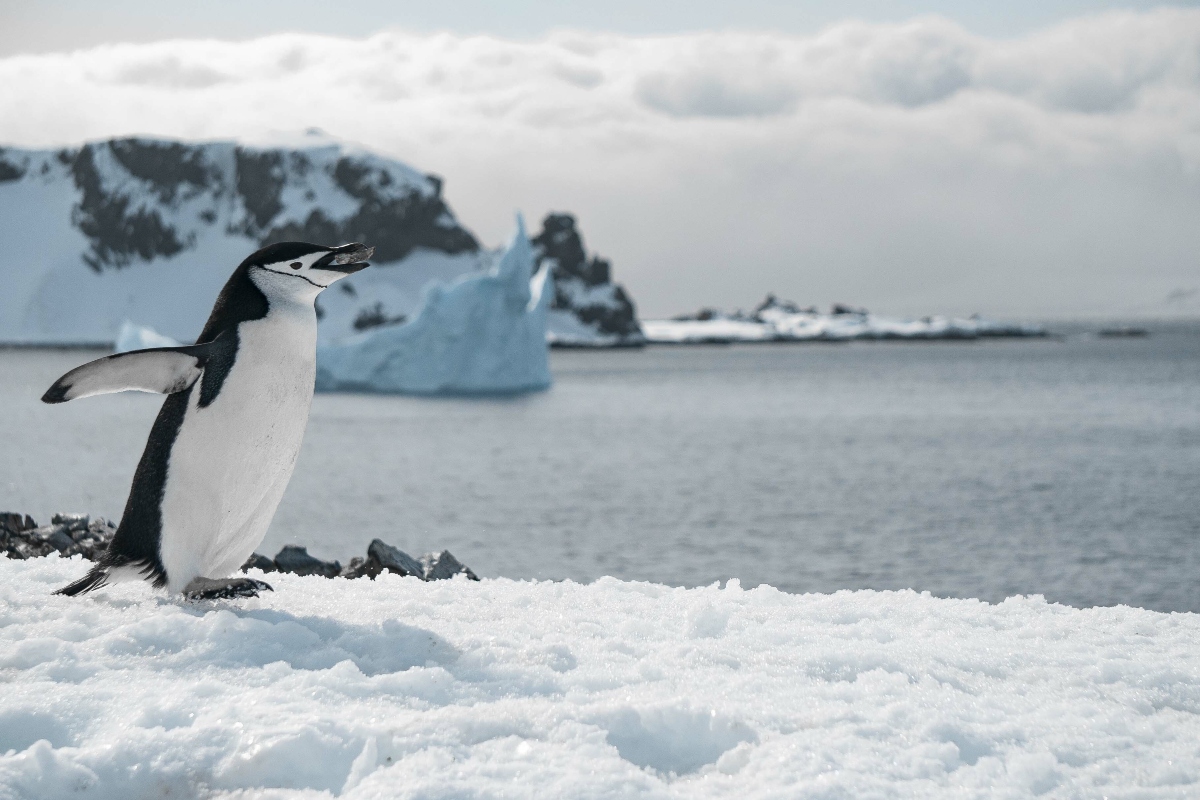When you think of a desert, what do you picture? Probably endless sand dunes, blazing sun, and camels. But what if I told you that the largest desert in the world isn’t hot at all—it’s actually freezing cold and covered in ice?
Yes, you heard that right. The biggest desert on Earth is not the Sahara or the Gobi—it's Antarctica! In this article, we’ll dive into what makes a desert a desert, why Antarctica tops the list, and other fascinating facts about deserts you probably didn’t know.
1. What Makes a Desert?
A desert is defined not by heat, but by dryness. Any place that gets less than 10 inches (25 cm) of precipitation per year is considered a desert. That means deserts can be hot, cold, sandy, rocky, or icy. The one thing they all share? They're incredibly dry.
2. Antarctica: The Unexpected Giant
Surprise! The largest desert in the world is Antarctica. While we often associate deserts with heat, Antarctica is a polar desert—a region that gets very little moisture, even though it’s covered in ice.
3. How Large is the Antarctic Desert?
Antarctica covers around 14 million square kilometers (5.4 million square miles), making it the biggest desert on Earth. That’s almost twice the size of Australia and larger than the Sahara by a wide margin.
4. Cold and Dry: A Unique Desert Climate
The temperatures in Antarctica can drop below -80°C (-112°F) in winter, and it hardly ever rains or snows. Its dry air and strong winds create extreme desert-like conditions—just without the sand.
5. How Does It Compare to the Sahara?
The Sahara is the largest hot desert, but it’s much smaller than Antarctica. The Sahara spans about 9.2 million square kilometers, mostly across North Africa. It’s filled with sand dunes, rock formations, and oases—but it still receives more precipitation than parts of Antarctica.
6. Why Is Antarctica So Dry?
Even though it’s covered in ice, Antarctica gets very little snowfall. The cold air holds almost no moisture, and much of the continent is a frozen desert wasteland, with some parts not seeing snowfall for decades.
7. Life in the Largest Desert
Despite the extreme conditions, life exists here. Microbes live in the ice, and penguins, seals, and krill thrive along the coasts. But no permanent human settlements exist—it’s simply too harsh.
8. Human Activity and Research Stations
There are dozens of international research stations in Antarctica. Scientists study climate change, marine biology, astronomy, and glaciology. All activity is regulated by the Antarctic Treaty, ensuring peaceful scientific collaboration.
9. Wildlife in Antarctica
Only a few species are adapted to Antarctica’s brutal conditions. The most famous is the emperor penguin, along with Weddell seals, leopard seals, and various seabirds. Most animals live on the icy coast, not the dry interior.
10. The Role of Antarctica in Climate
Antarctica plays a critical role in regulating Earth’s temperature. Its ice sheets reflect sunlight, helping to cool the planet. If these ice sheets melt due to climate change, sea levels worldwide could rise dramatically.
11. Antarctica vs. Arctic: What’s the Difference?

Though both are polar deserts, Antarctica is a continent surrounded by water, while the Arctic is an ocean surrounded by land. Antarctica is colder, drier, and much more isolated.
12. Fun Facts About the Antarctic Desert
-
It’s the windiest place on Earth, with gusts up to 200 mph.
-
Over 98% of it is covered in ice.
-
It holds about 70% of the world’s fresh water.
-
There’s even an active volcano—Mount Erebus.
13. The Second Largest Desert: The Sahara
Though not the biggest overall, the Sahara is the hottest desert and famous for its stunning beauty. Spanning countries, it supports more human life, history, and culture than Antarctica.
14. Why It Matters: Rethinking Deserts
Understanding what defines a desert helps us see Earth more clearly. Deserts aren't just about heat—they’re about scarcity of moisture. This perspective helps us protect vulnerable ecosystems and combat climate change.
15. Final Thoughts
So, the next time someone mentions the largest desert, you can confidently say: “It’s not the Sahara—it’s Antarctica!” Cold, dry, and massive, this hidden desert challenges what we think we know about the planet and reminds us that nature always has surprises in store.
Comments on “The Largest Desert in the World”